Present Continuous Tense describes ongoing actions at the time of speaking and happening right now, stressing that the doer is in the middle of the activity and hasn't finished yet (the action is incomplete) For example, I am eating a burgerPresent continuous The present continuous t ense is one of the continuous tenses in English (Continuous tenses are present continuous, past continuous, and future continuous) The present continuous (also called " present progressive") tense mainly describes actions that are in progress at the time of speakingSide by side 1 chapter 3Daily activities;

Watch Learn Sing Present Continuous Tense Moroccoenglish
What is present continuous tense structure
What is present continuous tense structure-We use the present continuous to talk about activities at the moment of speaking I'm just leaving work I'll be home in an hour Please be quiet The children are sleeping Present continuous 1 Matching_MTYyNzM= Present continuous 2 GapFillTyping_MTYyNzQ= future plans or arrangements Mary is going to a new school next term What are you doing next week? The present continuous tense is a grammatical tense that can be used to describe when an action happened, or may happen You can use it to describe both events that are happening in the present – right now, while you are talking about something, or in the future – something that may or will happen later on
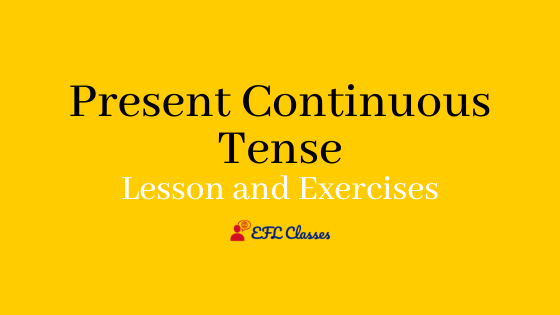



Present Continuous Tense Lesson And Exercise Efl Classes
Introduction Present Continuous Tense is used for actions going on in the moment of speaking and for actions taking place only for a short period of time It is also used to express development and actions that are arranged for the near future Present continuous is also known as present progressiveDefinition of Present Continuous Tense Using Present Continuous Tense We must use the present continuous tense with the appropriate 'to be' verb and a dynamic Not Using Present Continuous Tense Always remember to never use the present continuous tense with stative verbs Suggested Topics We use the simple present tense to talk about general truths, facts, likes, dislikes and preferences The present continuous tense is used to talk about actions and situations that are going on at the moment of speaking
Present Continuous TenseVideo program for Side by Side Level 1 by Pearson EducationPresent continuous tense is re present participle Present participle takes the –ing form of the verbPresent Continuous Tense The Present Continuous Tense is made from the present form of the verb 'be' and the ing form of a verb It is used To describe an action that is happening at the moment of speaking For example, The children are playing in the field
2 We do not use the present tense to talk about right now We use the present continuous to talk about what we are doing or what is happening at this exact moment Remember that we form the present continuous using "be verb present participle" The present participle is "verb ing" I am writing an English lessonSimple Past vs Past Continuous Exercise / 2 / 3 Simple Past Exercises PDF Exercise 1 / Exercise 2 Complete the following sentences using Present Continuous Tense (Capitalize when needed) 1 My son (talk) on the phone right now 2 The Present Continuous Tense is used for 1 Actions which are happening at or around the moment of speaking • Now I'm doing the washing up • She is working very hard nowadays 2 Temporary situations • I'm staying with a friend at the moment 11




Watch Learn Sing Present Continuous Tense Moroccoenglish
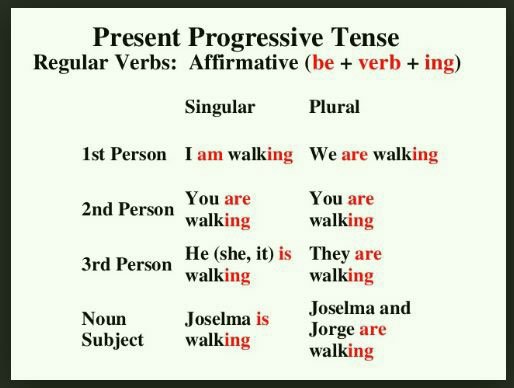



Present Continuous Tense With Examples And Definition
It's a good idea at this point to contrast the present continuous auxiliary verb "to be" with other auxiliary verbs, pointing out that "ing" must be added to the verb in the present continuous form (subject be (am, is, are) verb (ing)) Present Continuous with Future Meaning Generally, we use the Present Continuous tense to talk about actions taking place now or around now But English speakers often use the Present Continuous to talk about prearranged plans or events When we use the Present Continuous with this meaning, it is necessary to add a time reference ( tomorrowThe present continuous (also called present progressive) is a verb tense which is used to show that an ongoing action is happening now, either at the moment of speech or now in a larger sense The present continuous can also be used to show that an action is going to take place in the near future
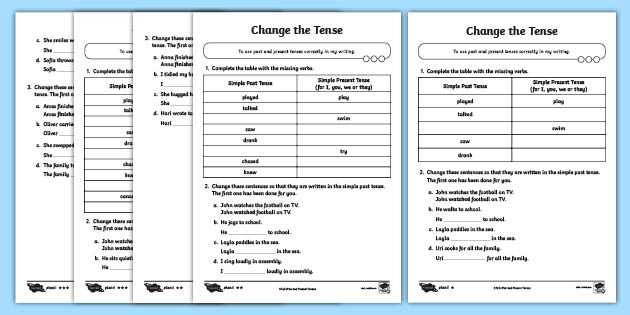



Learn Present Continuous Tense Twinkl Teaching Wiki
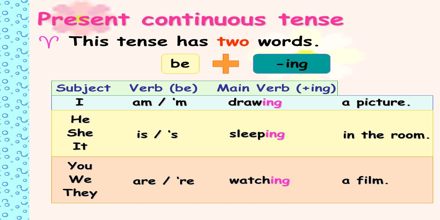



Lecture On Present Continuous Tense Assignment Point
The present perfect continuous tense focuses on the fact that an activity has been repeated or is continuous But this can still be going or have just stopped In this first example the activity is continuing Jane and Olivia have been jogging around the park for 40 minutes (they are still jogging) In this case, however, it has just stoppedThe present continuous (sometimes called the present progressive) tense in English is really easy to make and is the same for all verbs We make it using the present simple of 'be' verbing ( Click here if you'd prefer to learn how to USE this tense )The present continuous tense is formed with the subject plus the present particle form (ing) of the main verb and the present continuous tense of the verb to be am, is, are One simple example of this tense is He is swimming "He" is the subject, "is" is the present tense of the verb to be and "swimming" is the present participle verb form




Present Continuous Tense Or Progessive Comercioexterioreze
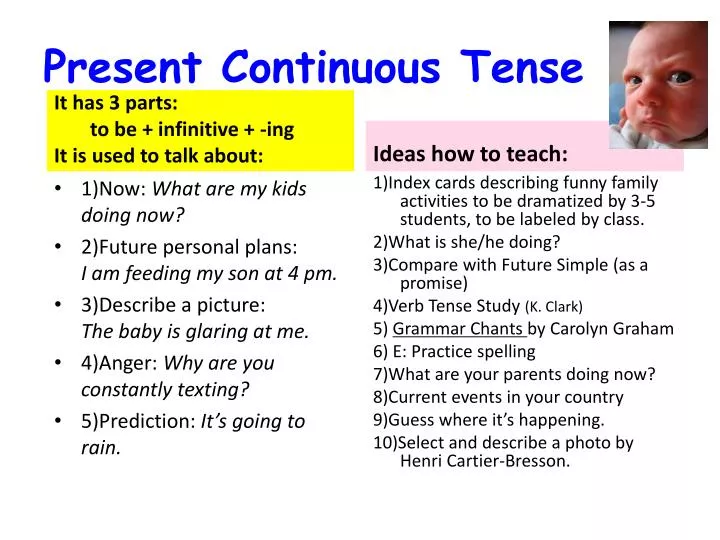



Ppt Present Continuous Tense Powerpoint Presentation Free Download Id
Present Continuous Definition The present continuous is a verb tense in which the action is ongoing/still going on and hence continuous The present continuous tense is used to talk about actions that are happening at this current moment Meaning It tells us that the action is happening when we speak It can be used for near future meaning as well For example Peter is doing his homework in his room right now My friends are playing football in the garden at the moment Form To form present continuous tense we use 'to be' the base of the verb ingThe present perfect continuous (also called present perfect progressive) is a verb tense which is used to show that an action started in the past and has continued up to the present moment The present perfect continuous usually emphasizes duration, or the amount of time that an action has been taking place



Present Continuous Tense Verbs The Nature Of Writing




Present Continuous Tense Definition Useful Rules And Examples 7esl
To form the present continuous tense, we use the verb be followed by the present participle of the verb The present participle is a form of a verb that ends in the suffix ing For example, the present participle of eat is eatingThe Present Continuous Tense usually describes things that are happening now, but it can also be used to describe important things in your life, and future activity Do not confuse the present continuous tense with the "going to" future or with gerunds Notice the use of contractions in the examples below Contraction Subject (be) In order to use the present continuous tense tense correctly you will need to learn how to add ing onto the end of a verb There are several rules that need to be followed, it is quite simple compared to other spelling rules in English
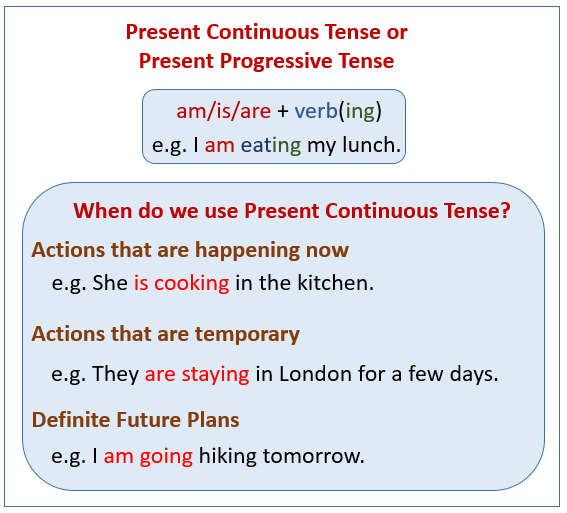



Present Continuous Ten Video Lessons Examples Explanations




Present Continuous Progressive Tense Definition Types Examples And Worksheets
About Press Copyright Contact us Creators Advertise Developers Terms Privacy Policy & Safety How works Test new features Press Copyright Contact us CreatorsBE GOING TO and present continuous for future plans Be going to refers to future intentions that have been decided but have not been fully planned We're going to get married (referring to a past decision) The present continuous tense refers to fixed future events and emphasises that plans or arrangements have already been madePresent Continuous Positive and Negative Exercise 1 Practise making the English present continuous (positive and negative forms) here Remember, it's really important to know the verb forms inside out, so you can make the tenses without thinking



1



Present Continuous Tense In English English Study Here
The past continuous tense, also known as the past progressive tense, refers to a continuing action or state that was happening at some point in the past The past continuous tense is formed by combining the past tense of to be (ie, was/were) with the verb's presentPresent continuous tense shows that an action is done physically and visually Therefore, abstract meaningful expressions such as abstract thinking, love, understanding, possessing can not be used in continuous (be ing) construction 1 The present continuous tense is for things happening now So for example I am writing this explanation now You are reading this website now 2 We also use the present continuous tense when we want to say that something is incomplete That means we are in the middle of the process and we are continuing to work on this project




Present Continuous Tense English Esl Worksheets For Distance Learning And Physical Classrooms




Present Continuous Tense Definition Examples Video Lesson Transcript Study Com
The present continuous verb tense indicates that an action or condition is happening now, frequently, and may continue into the future The Present Continuous Formula to be am, is, are verb present participlePresent Continuous Tense "ING" – To Be Used To "ING" In English we use the present continuous to describe an action that is in progress or happening at the same moment that we are speaking STRUCTURE SUBJECT TO BE VERB in ING COMPLEMENTIZER Rules to change one verb to the present continuous Present continuous 1 We use the present continuous to talk about actions happening now, at the moment At the moment Alice At the moment Alice is riding her bike is riding her bike 2 Verb to be (present simple) main verb ing Mark and his brother Mark and his brother are playing football are playing football 3




The Present Continuous Tense 5 Unique Uses



What Is The Formula For The Present Continuous Tense Quora
The present continuous tense is mainly used to talk about personal arrangements and fixed plans Be going to can also be used to express the same idea;However, it puts an extra emphasis on the idea of intention I am going to get a new job (= I intend to get a job) I am getting a new job (= It is already decided / arranged15 fun activities for Present Simple/Present Continuous The best way of teaching the present tenses is to compare and contrast them These ideas will show you how to do the even more difficult task of combining them in practice activities, all




Present Continuous Tense Examples Exercise Onlymyenglish




Present Continuous Tense Formula Examples Exercises Examplanning
The present continuous tense (also known as the present progressive tense) is used to talk about actions that are happening now or are unfinished Examples include eating, singing, reading, running, dancing, etc This page is an ESL lesson plan to teach the present continuous tense to beginner students This is the present continuous tense There is no information about the completion of the task It started sometime in the near past and is still going on In the present continuous tense, each verb has two parts 1Present tense form of verb 'to be' – is/am/are – known as helping verb 2'ing' form of the base verb EgA verb tense tells us when the action of state described by the verb happened The three main verb tenses in English are the present, the past, and the future The present continuous and past continuous tenses (also called present progressive and past progressive) are used when we are describing actions that continue for a period of time in the
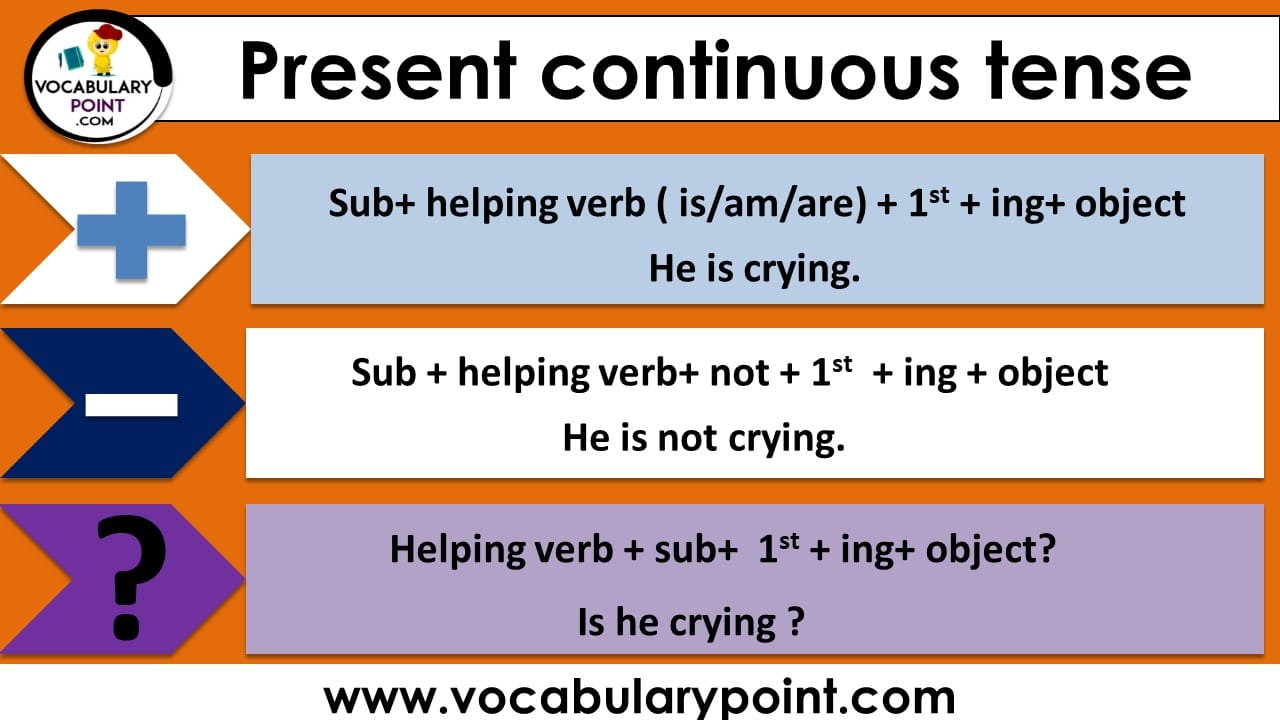



Present Continuous Tense Examples Sentences Formation Vocabulary Point




Is Am Are Verb Present Continuous Tense Spoken English ಕನ ನಡ 101 Youtube
The structure of the Present Continuous tense is The auxiliary verb (be) is conjugated in the Present Simple am, are, is The main verb is invariable in present participle form ing For negative sentences we insert not between the auxiliary verb and the main verbGrammar Present Continuous tense Advertisements To Be Present Tense As with any verb, the present tense of the verb to be can take several forms the indicative or simple present, the present perfect, and the present continuous The tables below show how to conjugate to be in these forms
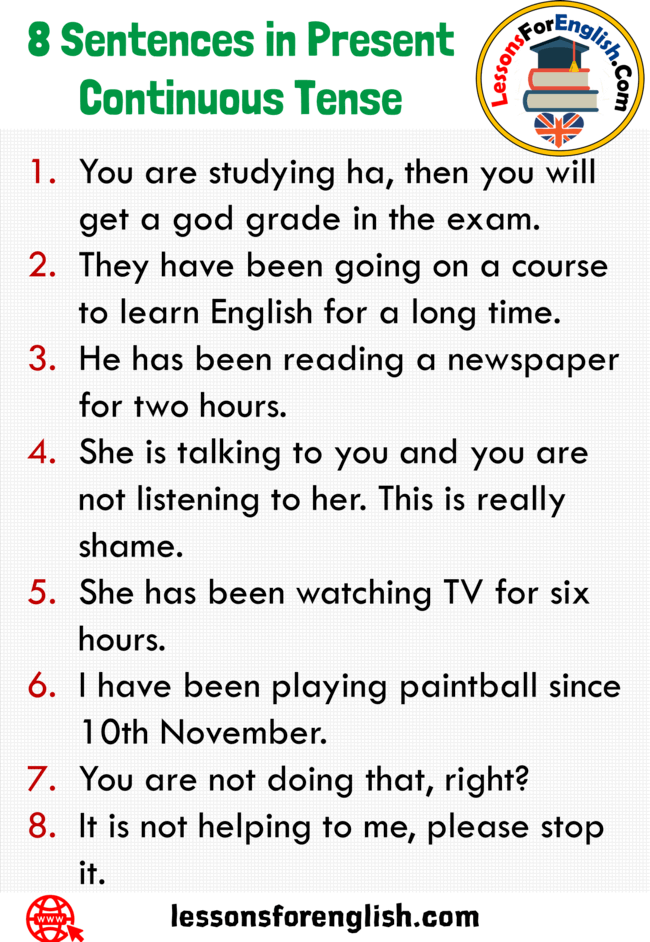



8 Sentences In Present Continuous Tense Lessons For English
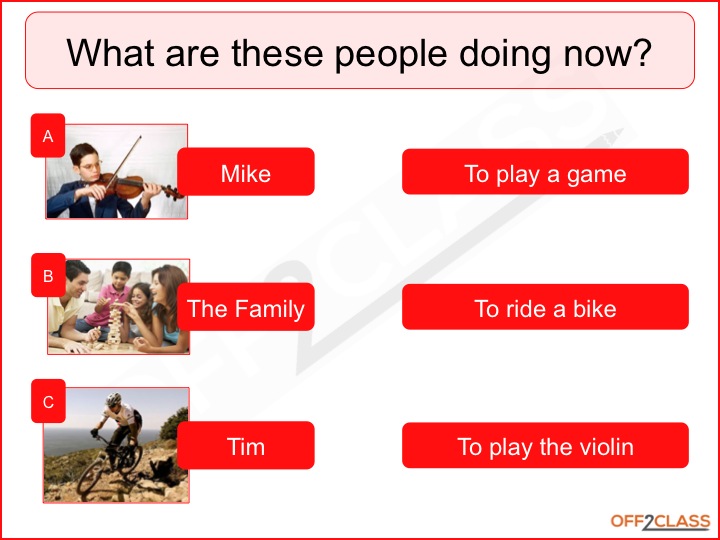



How To Teach The Present Continuous Tense Off2class
Unlike the present simple tense, which is used to express things that are always the case or are at a fixed time in the future, we use the present continuous (also called the present progressive) tense to speak about actions that are currently happening, whether generally or at the exact moment of speech It can also be used to describe actions or events that are planned for the
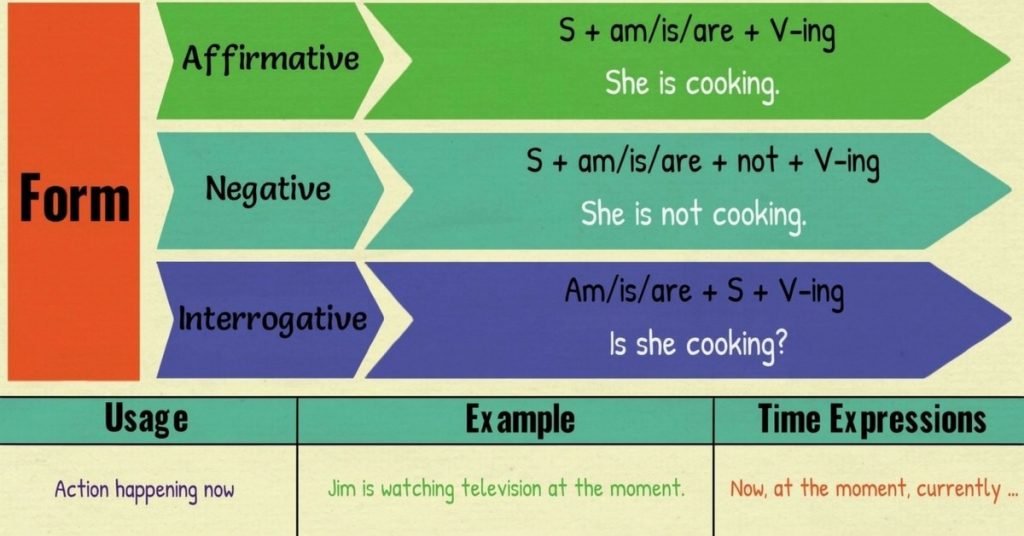



Present Continuous Tense English Grammar Lesson Pocket Passport




10 Sentences Of Present Continuous Tense Examples Example Sentences Present Continuous Tense 10 Sentences Sentence Examples
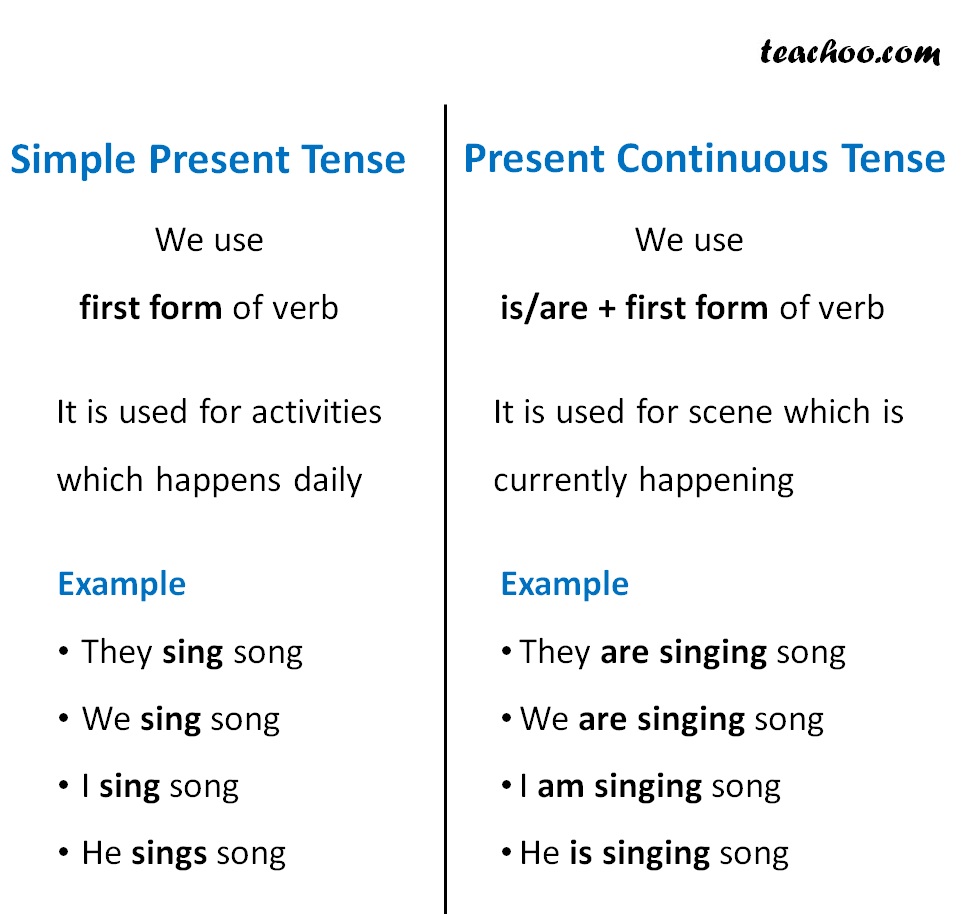



Present Continuous Verbs And Tenses
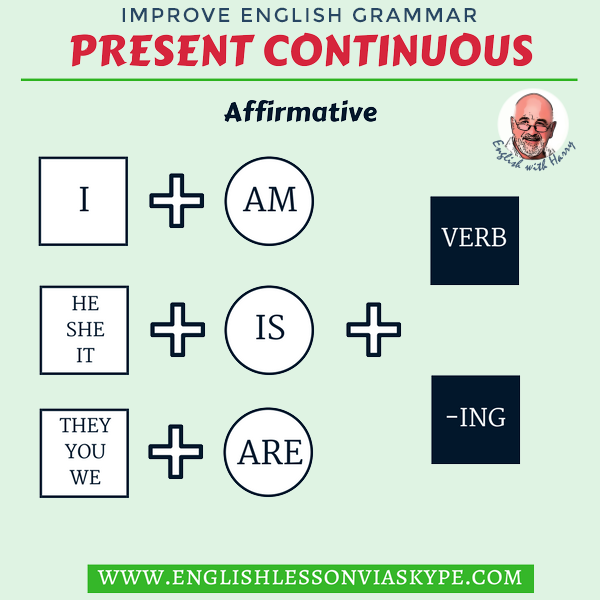



How To Use The Present Continuous Correctly Learn English With Harry
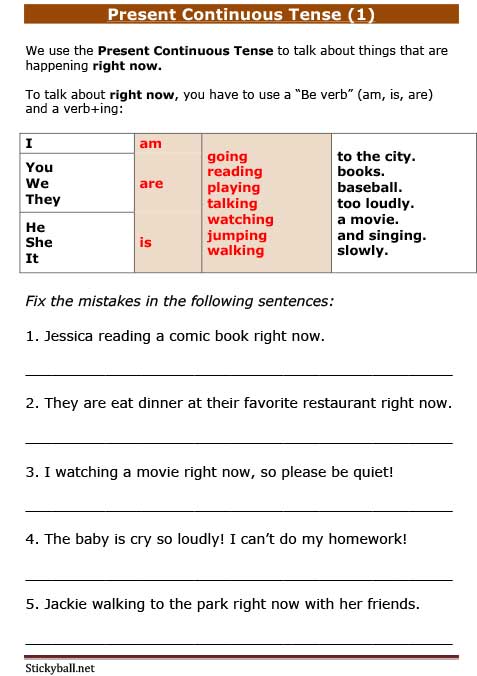



Esl Grammar Introduction To Present Continuous Tense




Present Continuous Tense Rules With Examples Vk Study




Present Continuous Tense Download Complete Pdf Engdic




Present Continuous Tense Lesson And Exercise Efl Classes




Present Continuous Tense English Grammar Tenses English Tivi
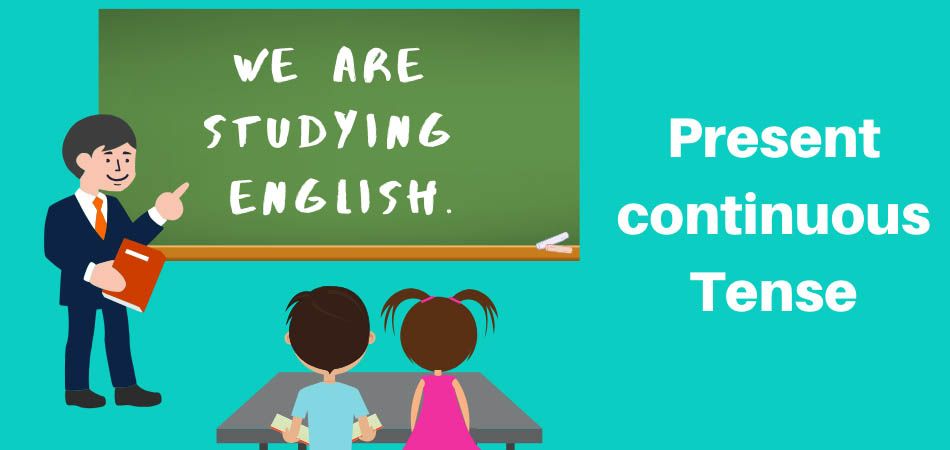



Present Continuous Explained In Pictures Break Into English




Present Continuous Tense Verbs In English Englishacademy101




Present Continuous Tense Subject Explanation And Exercises Youtube



Present Continuous Tense Games To Learn English Games To Learn English




Present Continuous Tense Examples
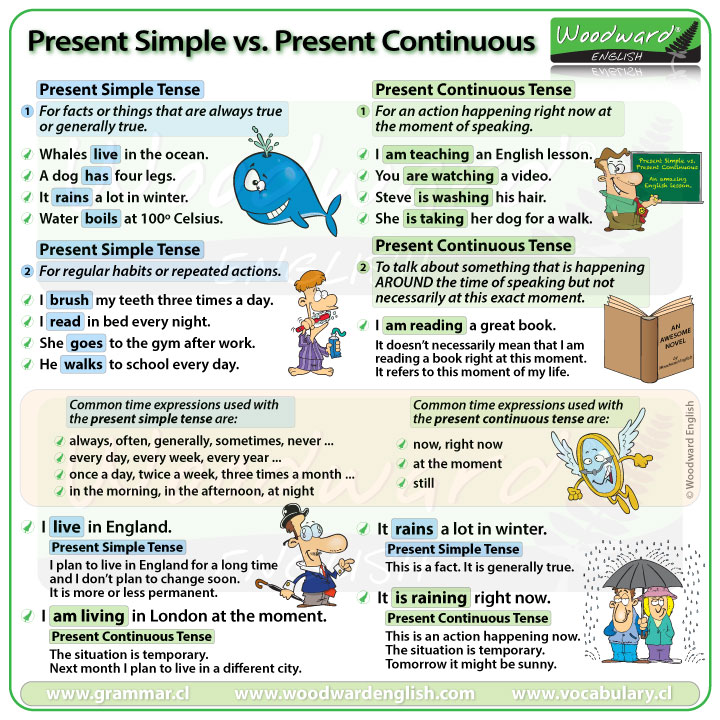



Present Simple Vs Present Continuous Woodward English




Lesson 2 3 Present Simple And Present Continuouspurlandtraining Comlearn English For Free
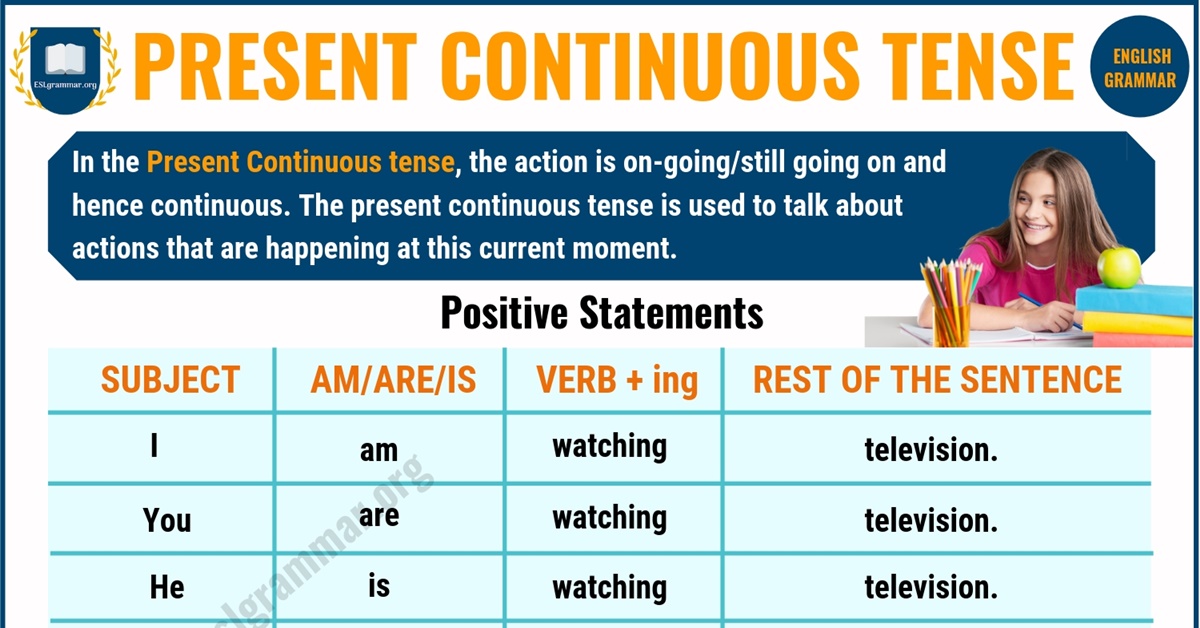



Present Continuous Tense Definition Useful Examples In English Esl Grammar




Test Present Continuous Tense Worksheet




Present Continuous Tense And Present Simple Tense We
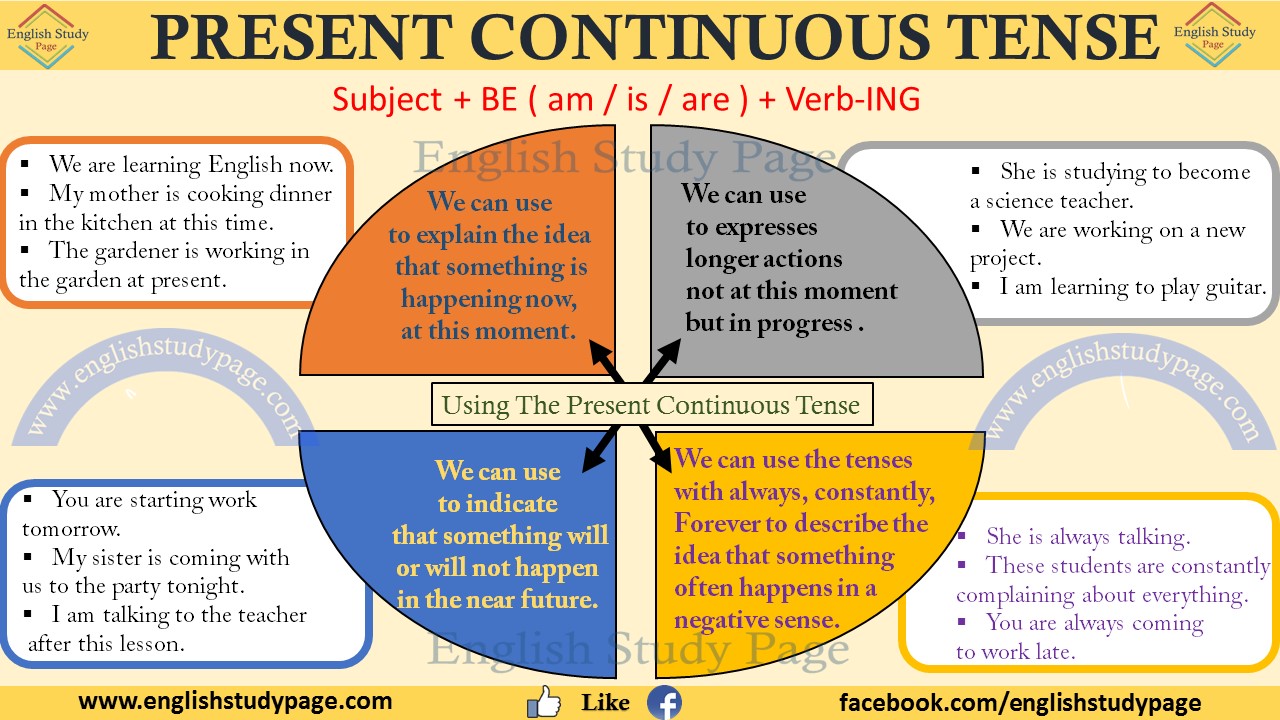



Present Continuous Tense English Study Page
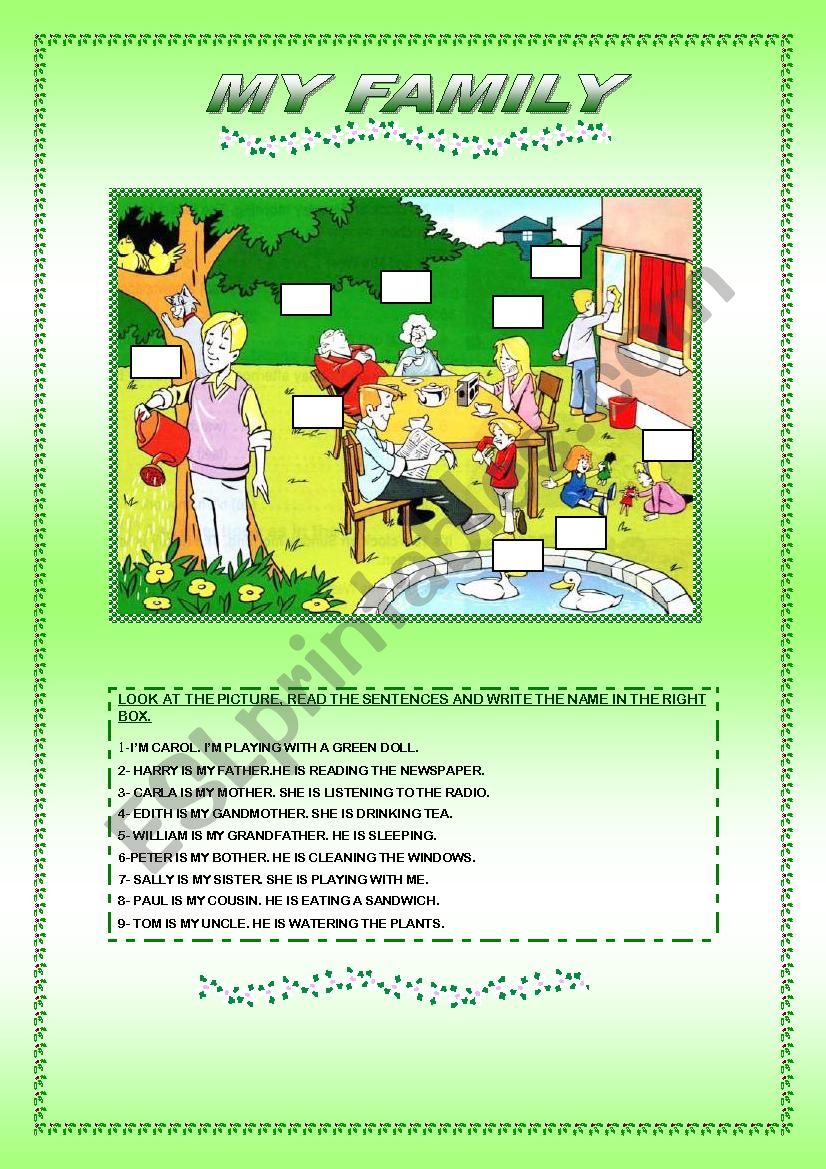



Family Present Continuous Tense Esl Worksheet By Oktarm
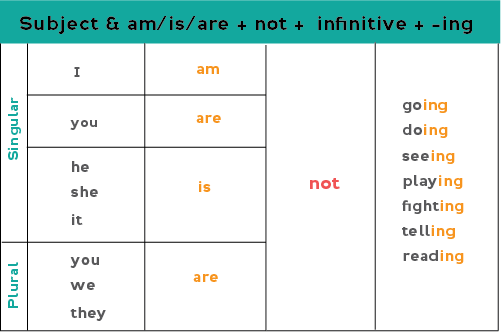



All About The Present Continuous




Present Continuous Tense Ginseng English Learn English
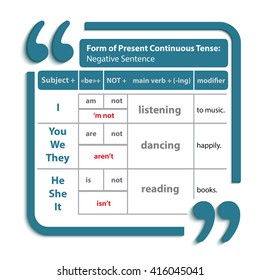



Present Continuous Tense Images Stock Photos Vectors Shutterstock




Present Continuous Tense Rules English Verbs The Learner S Nook
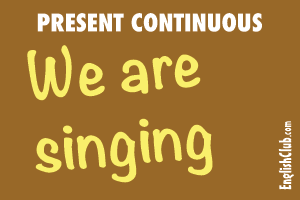



Present Continuous Grammar Englishclub
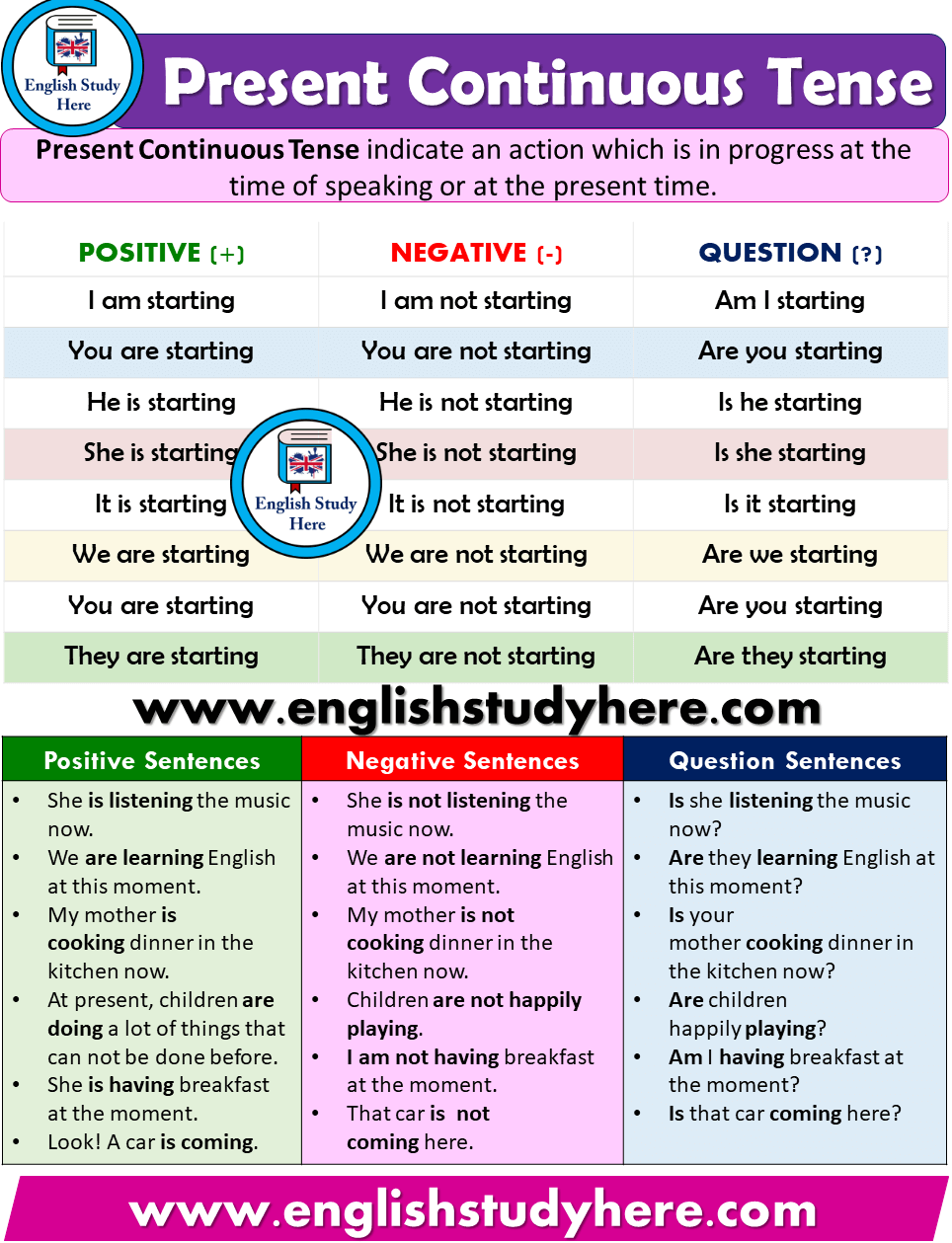



Present Continuous Tense Detailed Expression English Study Here
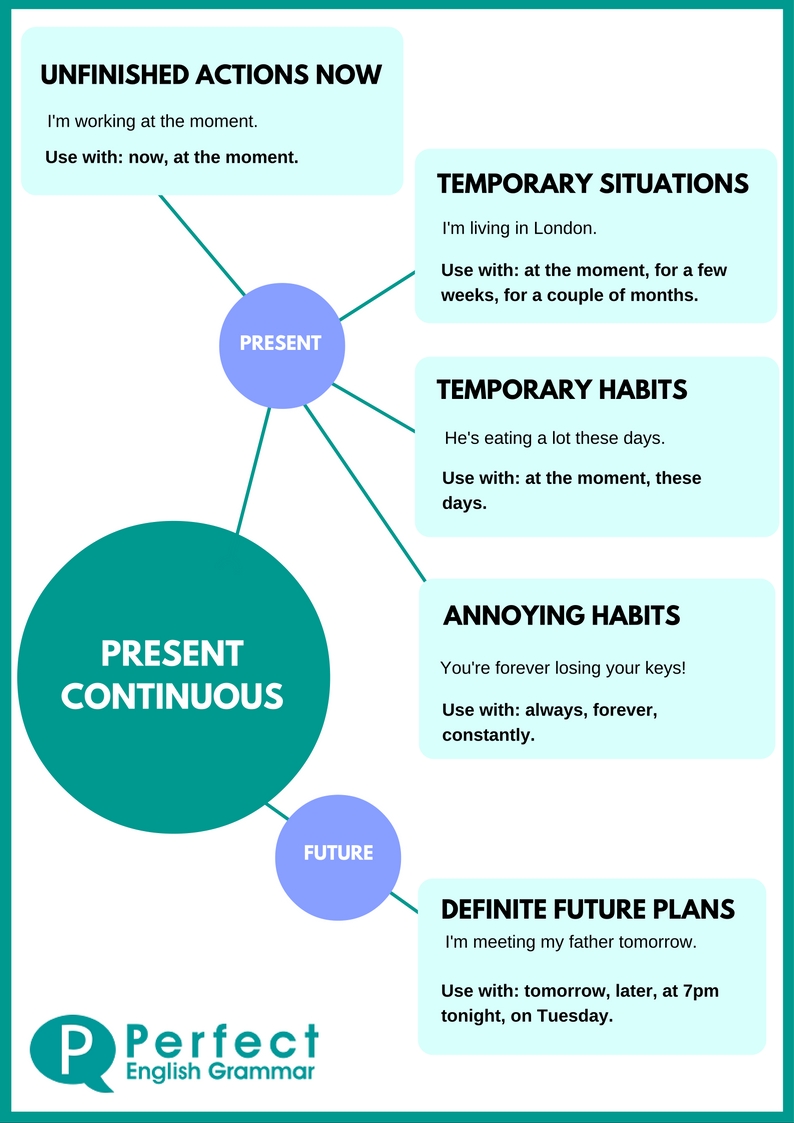



Present Continuous Use Or Present Progressive Use




The Present Continuous Tense In English Bibloteka




Present Continuous Tense English Esl Worksheets For Distance Learning And Physical Classrooms




Present Continuous Spelling Rules Useful Ing Rules 7esl




Present Continuous Tense Grammar Explanations My English Path




Present Continuous Tense Is Am Are Present Participle Rules Examples In Hindi Youtube
(188).jpg)



Present Continuous Tense Questions Quiz Proprofs Quiz



1




Exercise Of Present Continuous Tense With Answer Onlymyenglish




16 Tenses In English Grammar Formula And Examples Examplanning Present Continuous Tense English Grammar Tenses Teaching English Grammar




What Are The Present Continuous And The Past Continuous Theschoolrun
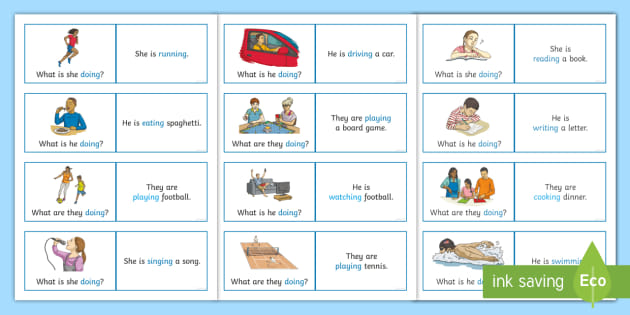



Esl Pictures To Describe The Present Continuous Twinkl
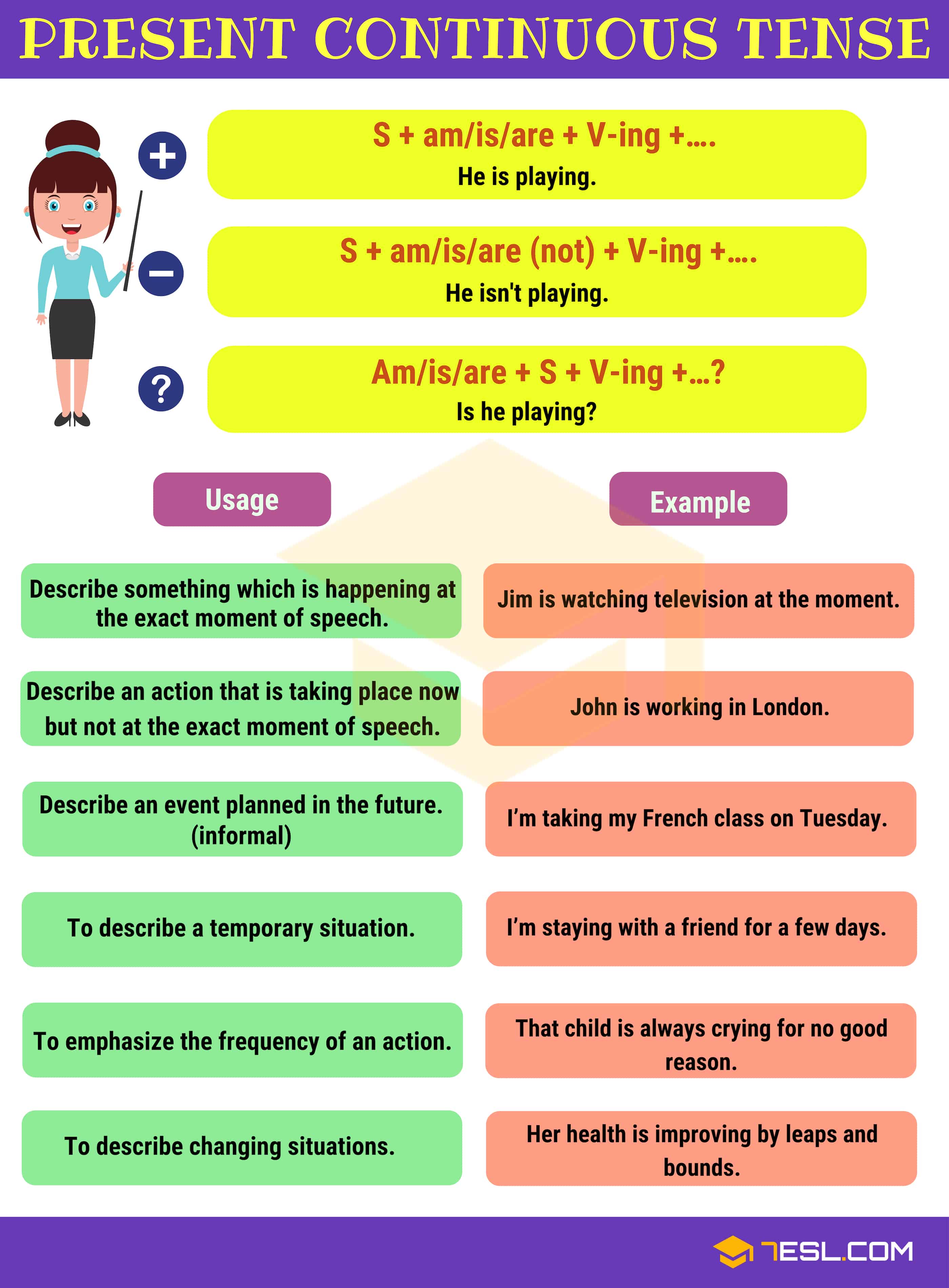



Easy English Grammar Verb Tenses Present Continuous Progressive Esl Elt Brain Perks
/present_continuous-56a2aef85f9b58b7d0cd606d.jpg)



Learn How To Use The Present Continuous Tense




Present Continuous Tense Online Pdf Worksheet
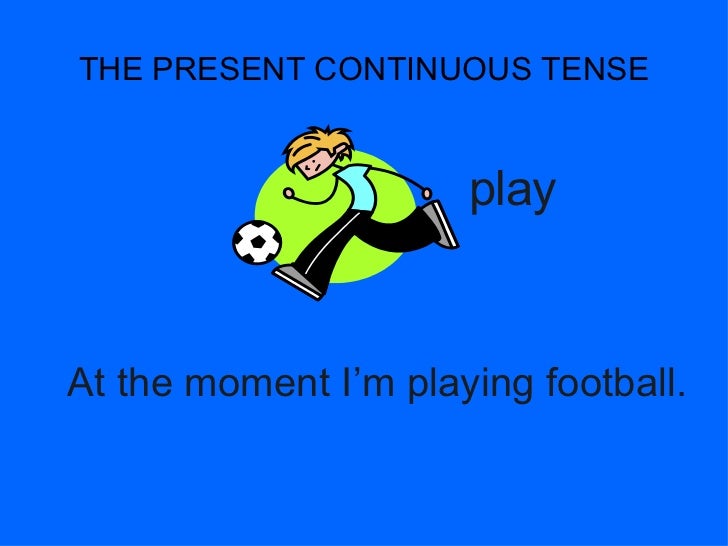



The Present Continuous Tense
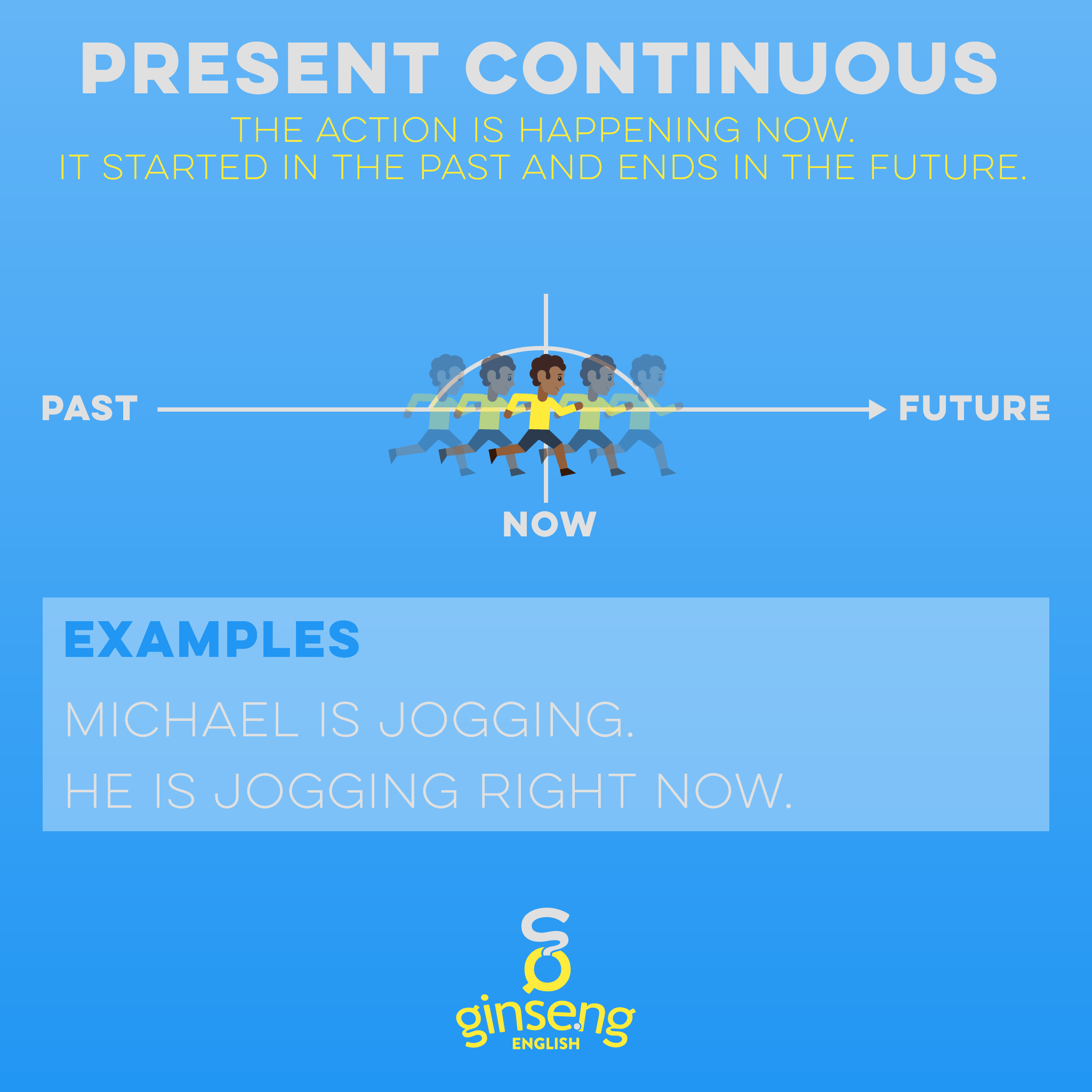



Present Continuous Tense Ginseng English Learn English




Present Continuous Tense Chart Table English Esl Worksheets For Distance Learning And Physical Classrooms




Present Continuous Tense Online Presentation
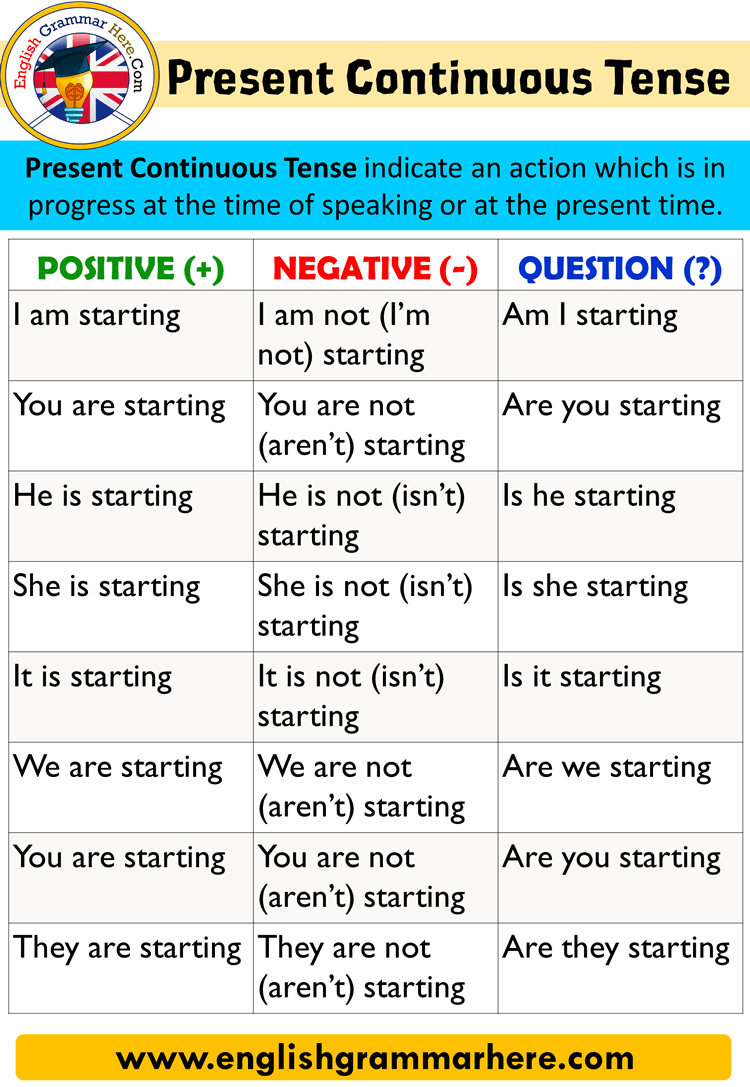



Present Continuous Tense Using And Examples English Grammar Here
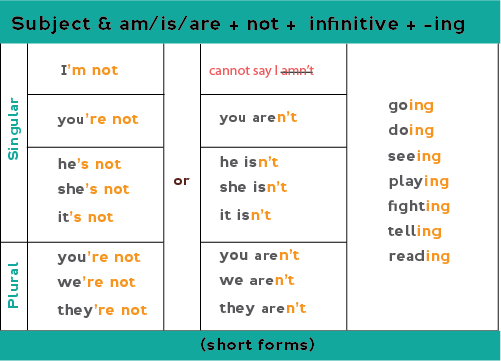



All About The Present Continuous




Examples Of Present Continuous Tense Onlymyenglish




Present Continuous Tense Exercises With Answers




Using The Present Continuous Tense In English Eslbuzz Learning English



10 Sentences Of Present Continuous Tense English Study Here




Grid Depicting The Structures Of The Present Continuous Tense Download Table
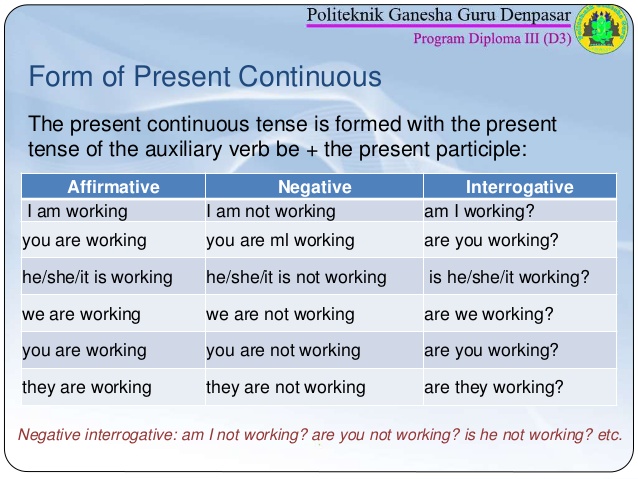



Form Of Present Continuous Tense English Learn Site
(170).jpg)



Present Continuous Tense Grammar Quiz Proprofs Quiz



1




Present Continuous Tense
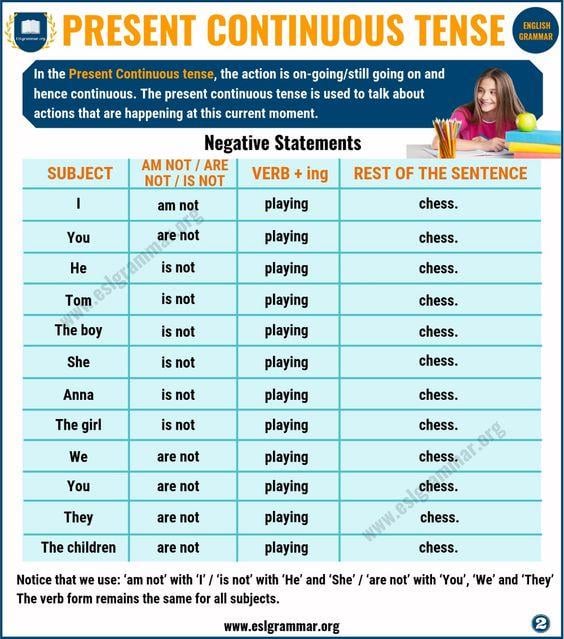



Present Continuous Tense Definition Useful Examples In English
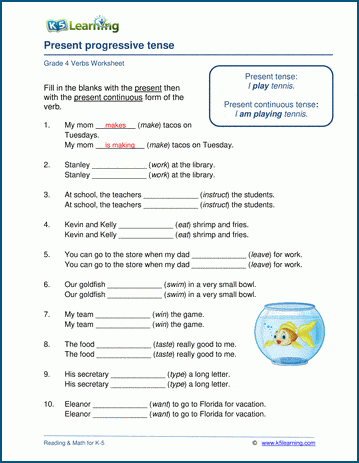



Present Progressive Tense Worksheets K5 Learning




Present Simple Vs Present Continuous English Grammar Lesson Youtube
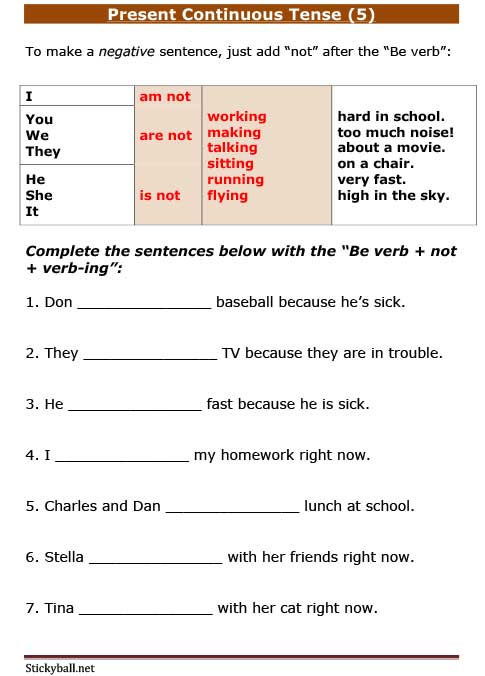



Esl Grammar Present Continuous Tense Negative Sentences




Present Continuous Tense Interactive Worksheet




Tenses The Present Continuous And Other Tenses Sweet Level 1 Writing




10 Sentences In Present Continuous Tense In English When We Express Ourselves In Everyday Life W 10 Sentences Present Continuous Tense Basic English Sentences



1




Tenses Present Simple Present Continuous Grammar For Ts



Present Continuous Tense Storyboard By Yogeswaran




Picture Description Present Continuous Tense Practice English Esl Worksheets For Distance Learning And Physical Classrooms




Lesson Plan For Introducing The Present Continuous Tense




What Is Present Continuous Tense Thesaurus Com




Present Continuous Tense Formula Examples Exercises Examplanning




Present Continuous Tense Definition Useful Examples In English Esl Grammar




Grid Depicting The Structures Of The Present Continuous Tense Download Table
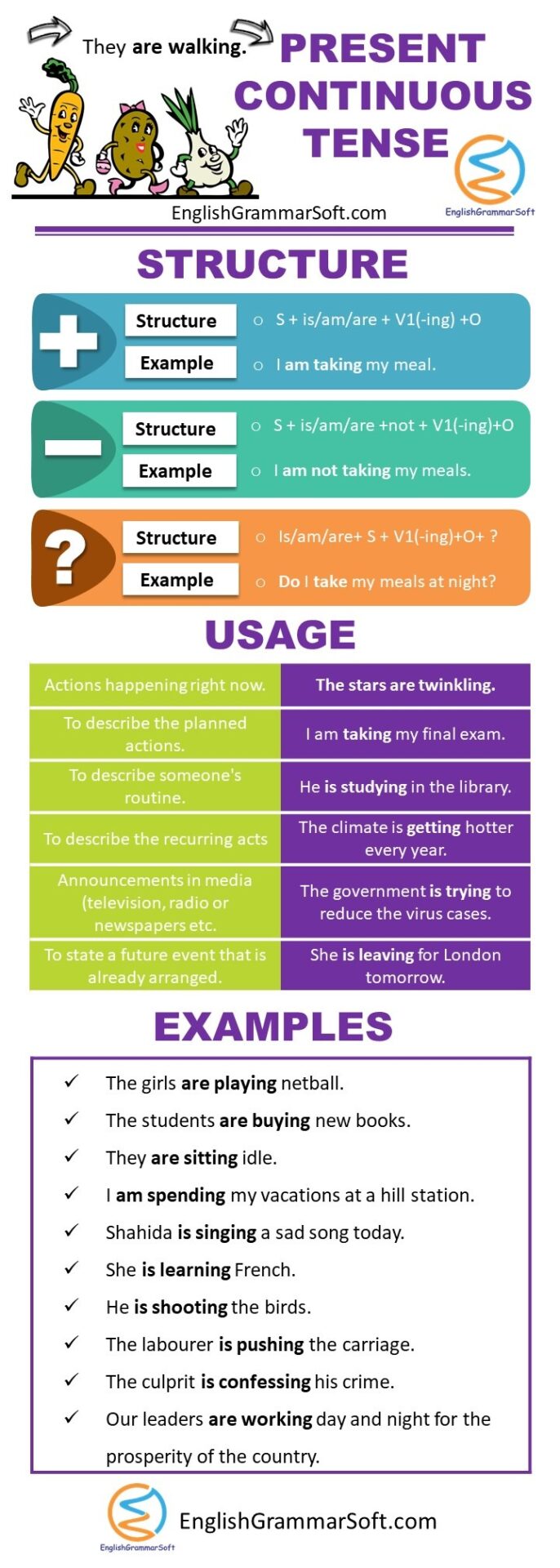



Present Continuous Tense Formula Examples Usage Englishgrammarsoft
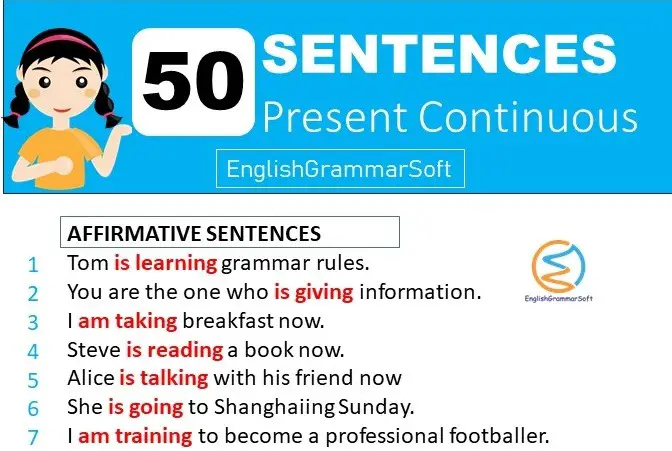



50 Sentences Of Present Continuous Tense Englishgrammarsoft
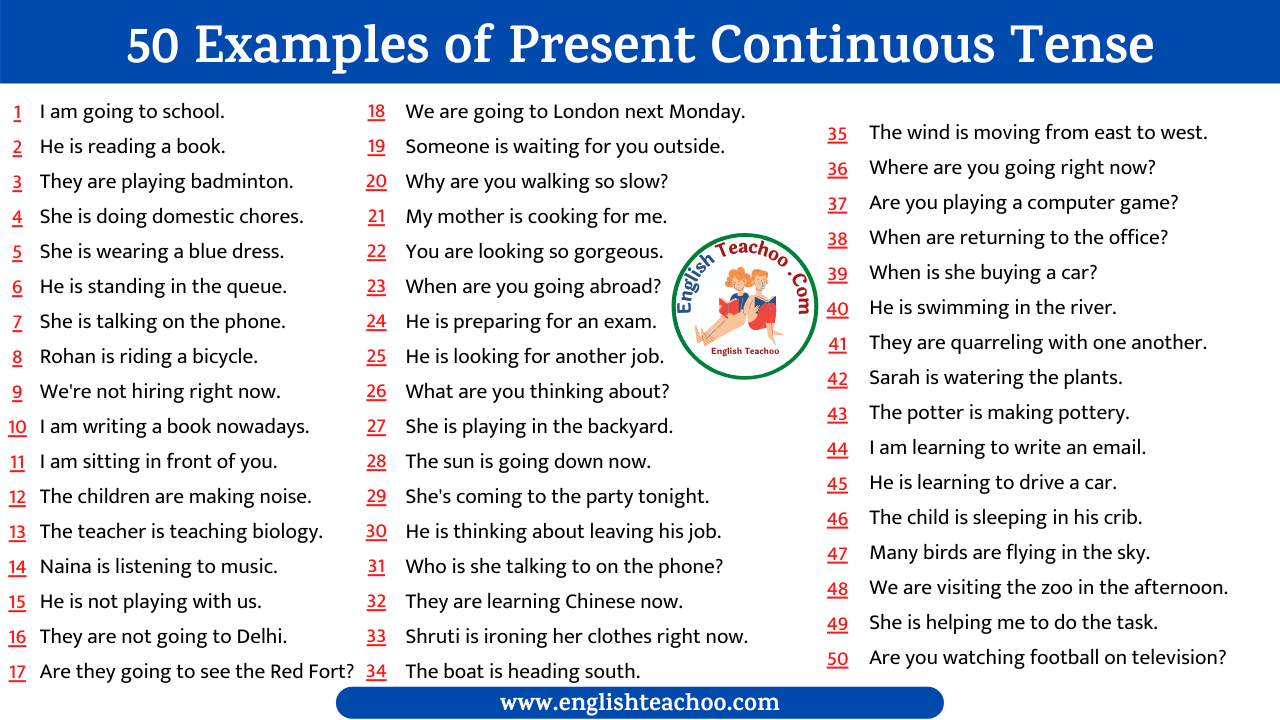



Present Continuous Tense Examples Englishteachoo
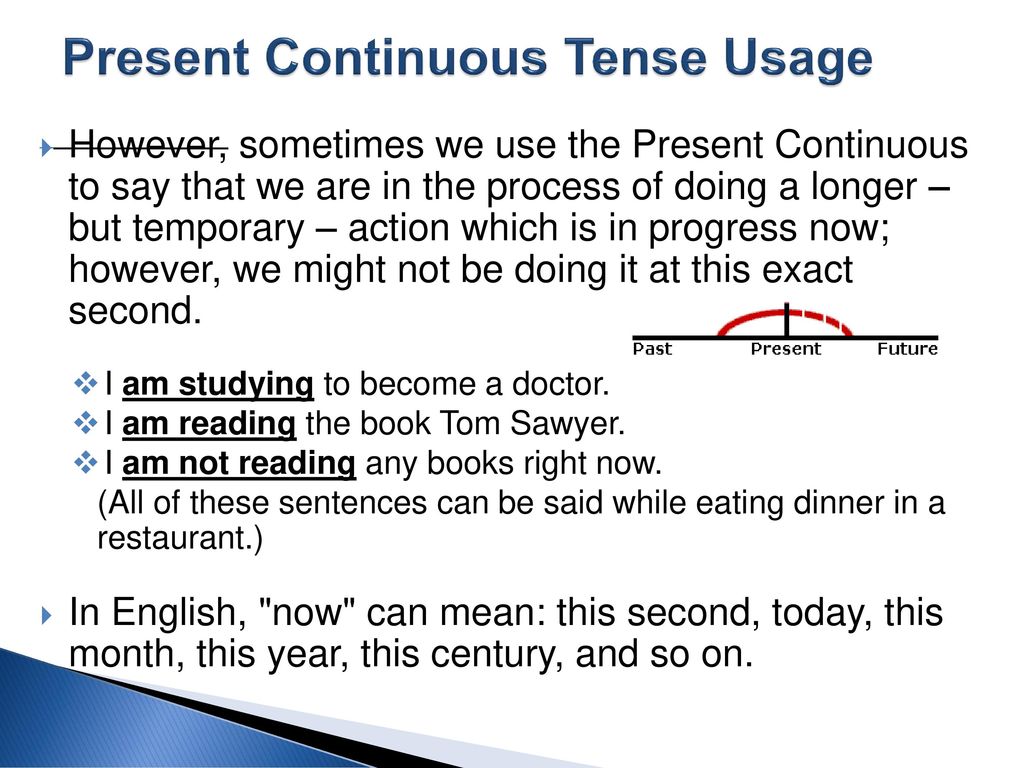



Present Continuous Tense Ppt Download




Structure Of Present Continuous Tense English Study Page




Present Continuous Tense Notes And Example Sentences English Grammar Here




Sentences Of Present Continuous Tense Examples
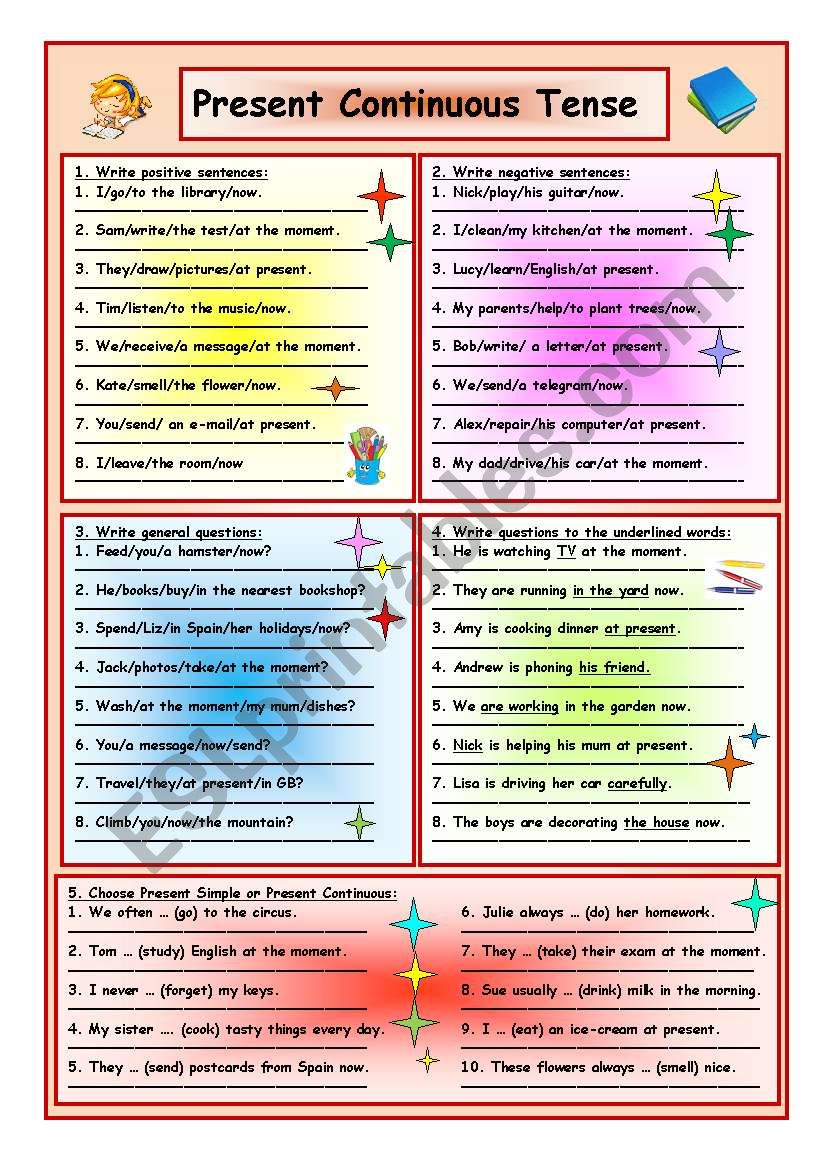



Present Continuous Tense Esl Worksheet By Tmk939




Present Continuous Tense Detailed Expression English Study Here



0 件のコメント:
コメントを投稿